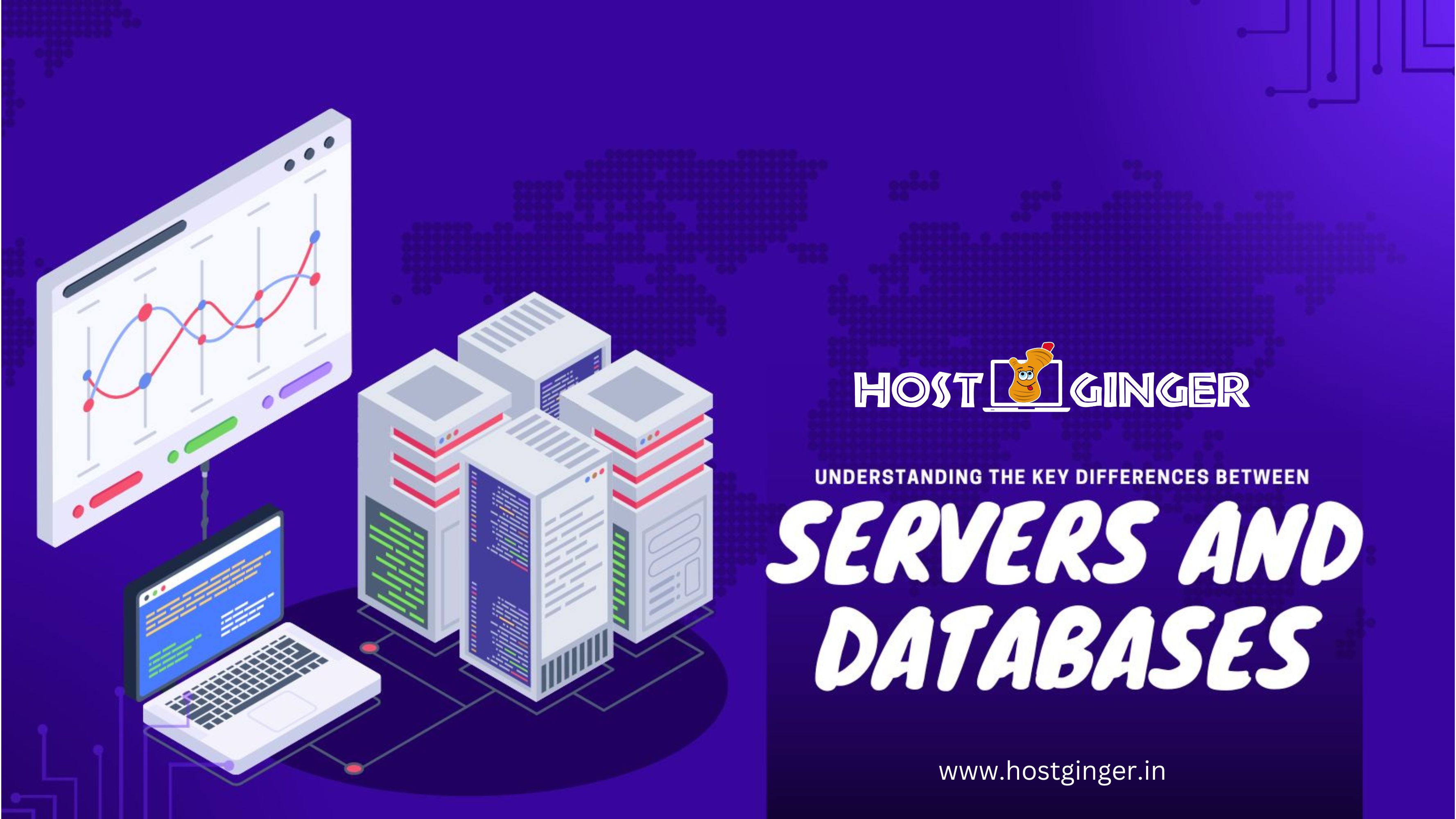Introduction
In today's fast-paced and competitive business environment, organizations are constantly striving for success. To achieve this, they must effectively manage their tasks, projects, and operations.
Task Relevant Maturity (TRM) is a concept that focuses on measuring and improving the maturity of an organization's task management processes. In this article, we will explore the significance of TRM, its key components, and how organizations can embark on the search for success through its implementation.
Understanding Task Relevant Maturity (TRM)
Task Relevant Maturity (TRM) is a framework that assesses an organization's ability to manage tasks efficiently and effectively. It provides a structured approach to evaluate and improve task management processes and practices. TRM takes into account various factors such as planning, execution, monitoring, and control of tasks, with the ultimate goal of achieving higher levels of performance, productivity, and success.
Components of Task Relevant Maturity (TRM)
1. Task Definition and Clarity: The first component of TRM involves clearly defining tasks and setting achievable objectives. It requires organizations to have a robust task management process that includes proper task identification, scope definition, and objective setting. Clarity in task definition enables teams to have a common understanding of the goals and expectations, facilitating smoother execution.
2. Resource Allocation and Planning: Effective resource allocation and planning are crucial for task management. Organizations must allocate the right people, skills, and tools to each task. This component of TRM emphasizes the need for comprehensive planning, considering factors such as resource availability, dependencies, and timelines. A well-planned approach minimizes bottlenecks and ensures tasks are executed efficiently.
3. Task Execution and Control: Once tasks are defined and resources allocated, successful execution becomes paramount. This component of TRM focuses on implementing the planned activities, monitoring progress, and ensuring tasks are on track. It involves effective communication, coordination, and collaboration among team members. Task control mechanisms, such as regular progress updates, performance metrics, and issue resolution, are essential to maintain task alignment and quality.
4. Learning and Continuous Improvement: The final component of TRM revolves around learning from past experiences and fostering a culture of continuous improvement. Organizations should encourage feedback loops, conduct post-task evaluations, and capture lessons learned. This feedback-driven approach allows teams to identify areas for enhancement, refine processes, and enhance overall
task management maturity.
The Search for Success through TRM Implementation
Implementing TRM requires a systematic approach that aligns with the organization's goals and culture. Here are the key steps to embark on the search for success through TRM:
1. Assess Current State: Begin by conducting a comprehensive assessment of the organization's current task management practices. Evaluate strengths, weaknesses, and areas for improvement. This assessment can include surveys, interviews, and data analysis to gather insights.
2. Set Clear Objectives: Define specific objectives that align with the organization's vision and strategic goals. These objectives should be measurable, achievable, and time-bound. Clear objectives provide a roadmap for implementing TRM effectively.
3. Develop a TRM Framework: Based on the assessment and objectives, design a TRM framework tailored to the organization's needs. This framework should include the four components of TRM: task definition and clarity, resource allocation and planning, task execution and control, and learning and continuous improvement.
4. Establish Processes and Tools: Implement standardized processes and tools that support the TRM framework. This may involve selecting and configuring task management software, defining workflows, and establishing guidelines for task documentation, communication, and reporting.
5. Provide Training and Support: Ensure that employees receive adequate training and support to adopt the TRM framework and associated tools effectively. Conduct training sessions, workshops, and provide resources such as user guides and FAQs
FAQ’s
Q: What is Task Relevant Maturity (TRM)?
A:
Task Relevant Maturity (TRM) is a framework that assesses an organization's ability to manage tasks efficiently and effectively. It focuses on task definition, resource allocation, task execution and control, and learning and continuous improvement to drive higher levels of performance and success.
Q: Why is TRM important for organizations?
A: TRM is important because it helps organizations improve their task management processes, leading to increased productivity, better project outcomes, and overall success. It provides a structured approach to identify areas for improvement and optimize task-related activities.
Q: How can TRM benefit an organization?
A: TRM offers several benefits to organizations, including:
1. Improved task clarity and alignment: TRM ensures tasks are clearly defined, reducing confusion and miscommunication.
2. Enhanced resource allocation: TRM helps organizations allocate resources effectively, ensuring the right people and tools are available for each task.
3. Better task execution and control: TRM facilitates efficient execution and monitoring of tasks, enabling organizations to stay on track and address issues promptly.
4. Continuous improvement: TRM encourages a culture of learning and continuous improvement, allowing organizations to refine processes and increase task management maturity over time.
Q: How can an organization measure its TRM level?
A: Measuring TRM involves assessing various factors such as task definition, resource allocation, task execution, and learning. Organizations can use surveys, interviews, data analysis, and performance metrics to evaluate their current state and identify areas for improvement. This assessment provides insights into the organization's TRM level.
Q: How long does it take to implement TRM in an organization?
A: The time required to implement TRM depends on the organization's size, complexity, and current task management practices. It can range from a few months to a year or more. Implementing TRM involves assessing the current state, defining objectives, designing a framework, establishing processes and tools, and providing training and support to employees.
Q: What are some challenges organizations may face when implementing TRM?
A: Some challenges organizations may face when implementing TRM include:
1. Resistance to change: Employees may resist adopting new processes and tools, requiring effective change management strategies.
2. Lack of data and metrics: Organizations may face challenges in collecting and analyzing data to measure TRM effectively.
3. Limited resources: Implementing TRM may require investment in new technologies, training, and process improvements, which could strain resources.
4. Integration with existing systems: Organizations may need to integrate TRM practices with existing project management or task management systems.
Q: Can TRM be applied to different industries and types of organizations?
A: Yes, TRM can be applied to various industries and types of organizations. While specific tasks and processes may differ across industries, the fundamental principles of task management, resource allocation, execution, and improvement apply universally. TRM can be tailored to suit the unique needs and requirements of different industries and organizations.
Q: Is TRM a one-time implementation or an ongoing process?
A: TRM is an ongoing process rather than a one-time implementation. It involves continuously assessing and improving task management practices, adapting to changing business needs, and fostering a culture of learning and continuous improvement. Regular evaluations, feedback loops, and adjustments are necessary to maintain and enhance TRM maturity within the organization.
Q: Can TRM be integrated with other management frameworks or methodologies?
A: Yes, TRM can be integrated with other management frameworks or methodologies such as Agile, Lean, or Six Sigma. TRM provides a task-focused perspective that can complement and enhance these frameworks by providing a structured approach to manage and optimize task-related activities. Organizations can adapt TRM



















